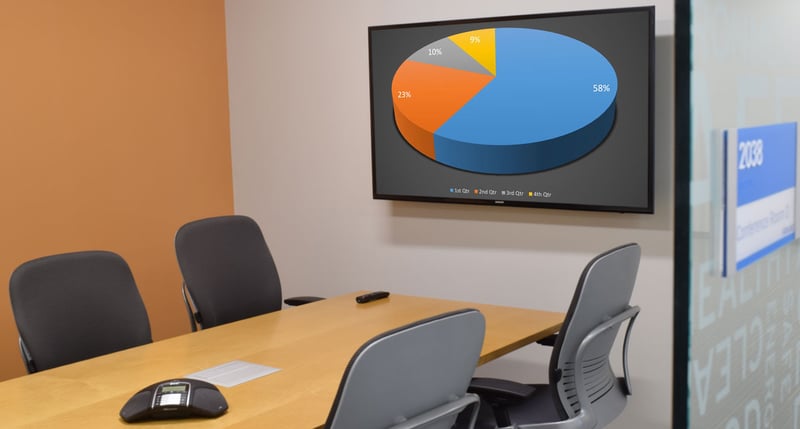
As collaboration in the workplace has become more common, cubicle and private office walls have come down and the open office layout has become the go-to design for companies in every industry interested in maximizing productivity, collaboration, and innovation. As a nice side benefit, open office designs often reduce real estate costs as well.
But there’s just one problem: open office layouts don’t work.
Rather than making employees more productive and collaborative, the noise, constant distractions, and lack of privacy inherent in open offices make employees less efficient and more withdrawn. According to a recent study, face-to-face interaction decreased by 73 percent when a company made the switch to an open office design, while email communication increased by 67 percent.
And in addition to making employees less productive, open office layouts also make them less happy. A study by Oxford Economics found that 63 percent of employees say a lack of quiet space for work has a negative impact on “productivity, satisfaction, and well-being,” and employees in noisy open office environments are more likely to leave their jobs within six months.
Companies that have invested a lot in designing and implementing an open office design might feel like they are stuck with the downsides, but that doesn’t have to be the case. Incorporating small huddle spaces in your office layout can help you preserve an open environment while providing some flexibility and options that an open office doesn’t. Keep reading to find out how.
why your open office needs huddle rooms
- Give employees peace, quiet, and privacy. Colleagues are less likely to pop over for a desk-side chat when they know everything they discuss can be overheard by the people around them. A huddle space allows those colleagues to meet privately and without the hassle of planning ahead and booking a conference room. According to Cisco, the increase in open office layouts is actually driving demand for huddle spaces, with 93 percent of users, IT professionals, and facilities managers reporting their open office environments need more huddle spaces.
- Help remote workers feel included. It’s pretty much a given that modern meetings are going to include remote workers. But even the most sophisticated video conferencing system can’t filter out the noise and distractions of an open office, and large conference rooms make it hard for remote employees to feel like they are part of an intimate, face-to-face conversation. Huddle rooms, however, are designed for five people or less, so remote workers feel like they're in the room—and that room is separate from the hustle of the open office environment.
- Maximize your existing office design. If you’ve already invested a lot of money in your open office design, redoing the whole thing probably isn’t an option. Luckily, huddle rooms can often be incorporated in your existing office layout and their small, flexible footprint helps you preserve the real estate savings open office plans provide.
design the best huddle rooms for your office layout
Just as open office plans weren’t the one-size-fits-all collaboration solution that many organizations hoped they’d be, just having huddle rooms doesn’t guarantee better productivity and collaboration. Huddle room success depends on having the right design and technology choices for your users. Our blog, “5 Huddle Room Design Tips to Increase Productivity,” can help you get the most out of your huddle spaces no matter what the rest of your office layout looks like.


